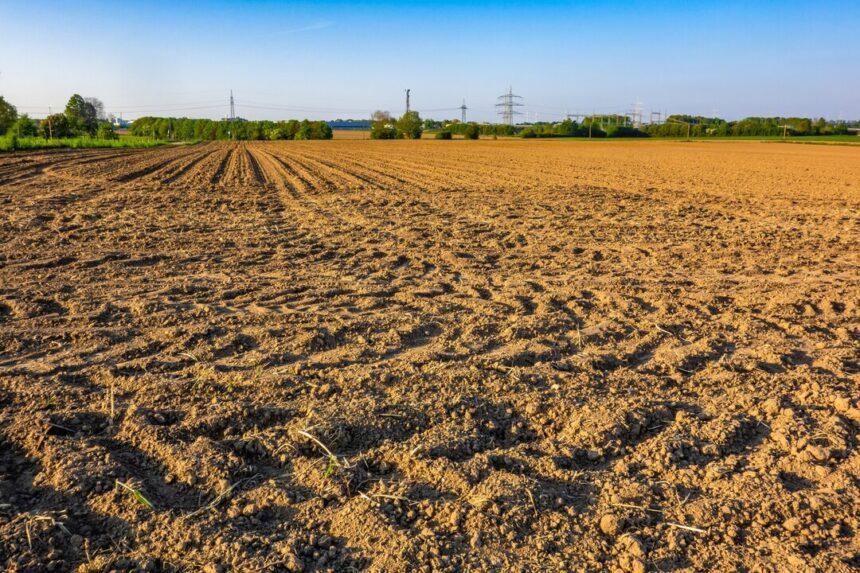Land clearing and preparation are critical steps in farming, as they lay the foundation for healthy crops and efficient farming operations. Heavy machinery makes these tasks faster, easier, and more efficient, especially when dealing with large tracts of land. Here’s a detailed guide on how to use heavy machinery for land clearing and preparing land for planting.
Understand Your Land
Before using heavy machinery, assess the land to determine the type of vegetation, soil condition, and terrain. This will help you choose the appropriate equipment and plan the process efficiently. For instance, rocky terrain or dense vegetation requires different machinery compared to flat, grass-covered land.
Select the Right Machinery
Using the correct heavy machinery is essential for effective land clearing and preparation. Commonly used machines include:
- Bulldozers: Ideal for removing trees, stumps, and large rocks.
- Excavators: Useful for digging, uprooting trees, and leveling uneven terrain.
- Skid Steers: Compact and versatile for clearing smaller areas and maneuvering in tight spaces.
- Tractors with Attachments: Equipped with plows, harrows, or tillers for soil preparation after clearing.
- Brush Cutters: Effective for clearing dense grass and small shrubs.
Plan the Clearing Process
Divide the land into sections and tackle one area at a time to maintain organization and efficiency. Identify obstacles such as large trees, rocks, and debris, and determine the best approach for removing them.
Start with Tree and Stump Removal
Use a bulldozer or excavator to push over trees and uproot stumps. For smaller stumps, a stump grinder can be used. Ensure all tree roots are removed to prevent regrowth and interference with planting.
Clear Rocks and Debris
After removing vegetation, use an excavator or rock picker to clear rocks and debris from the land. This step is crucial to avoid damaging planting equipment and ensure the soil is ready for tillage.
Level the Land
Uneven land can lead to poor water drainage and hinder crop growth. Use a bulldozer or grader to level the land, ensuring a uniform surface for planting. Proper leveling also minimizes soil erosion during irrigation or heavy rains.
Prepare the Soil
Once the land is cleared and leveled, prepare the soil for planting. Heavy machinery, such as tractors with plow or tiller attachments, can break up compacted soil and improve aeration. Use a harrow to smooth out the soil surface and remove any remaining clumps.
Create Irrigation Systems
If the land requires irrigation, heavy machinery can help dig trenches for water channels or install pipes for sprinkler systems. Proper irrigation setup during land preparation ensures efficient water distribution when planting begins.
Maintain Machinery Regularly
Proper maintenance of heavy machinery is crucial for safety and efficiency. Regularly check for worn parts, clean debris from machinery, and ensure all components are in working condition. This reduces downtime and prolongs the life of the equipment.
Ensure Safety Precautions
Operating heavy machinery requires strict adherence to safety protocols to prevent accidents. Always:
- Train operators on proper machinery usage.
- Wear protective gear such as helmets, gloves, and steel-toed boots.
- Conduct regular inspections to ensure the equipment is safe to use.
- Keep bystanders and livestock away from work areas.
Hire Professionals for Complex Tasks
If the land is heavily forested or features challenging terrain, consider hiring professional land-clearing services. They have the expertise and specialized equipment to handle complex projects efficiently.
Using heavy machinery for land clearing and preparation can save time and effort, allowing farmers to focus on planting and managing crops. By selecting the right machinery, planning the process, and adhering to safety guidelines, you can efficiently transform raw land into productive farmland. Proper land preparation ensures optimal soil conditions and lays the groundwork for a successful farming season.







